deck pvc vs deck wpc
Discover the key differences between PVC and WPC decks to help you decide which material is best for your next outdoor project.
Deck PVC vs Deck WPC: A Comprehensive Analysis
Introduction to Deck Materials
When it comes to building a deck, homeowners have two primary options: PVC (Polyvinyl Chloride) and WPC (Wood Plastic Composite). Both materials offer unique benefits and drawbacks, making them suitable for different needs and preferences. In this article, we will explore the pros and cons of using PVC and WPC materials for building decks, discussing their durability, maintenance requirements, appearance, cost, and environmental impact. We’ll also include expert opinions and real-world examples to provide you with a comprehensive understanding of these materials.
Durability and Maintenance Requirements
PVC and WPC materials are both highly durable, but they differ in terms of their resistance to various elements. According to Deck Boss, PVC is more resistant to moisture, stains, and fading than WPC, which makes it ideal for areas with high humidity or frequent rainfall. On the other hand, WPC offers better structural integrity and can withstand heavier loads compared to PVC, making it a popular choice for larger decks or those that need to support heavy furniture or equipment. However, WPC may require more maintenance, such as regular cleaning and occasional resealing, to maintain its appearance and longevity.
Appearance and Cost
In terms of appearance, both PVC and WPC can mimic the look of natural wood, but they do so in different ways. PVC typically has a smoother surface and a more uniform color, while WPC often has a more textured surface that resembles actual wood grain. This difference in texture can make WPC more appealing to homeowners who prefer a traditional wooden look. However, when it comes to cost, PVC is generally less expensive upfront than WPC. According to Family Handyman, PVC is about 10% cheaper than WPC, which could be a deciding factor for budget-conscious consumers.
Environmental Impact
Both PVC and WPC materials have varying degrees of environmental impact. PVC is derived from non-renewable resources, which raises concerns about its sustainability. However, it is recyclable and can be repurposed at the end of its life cycle. WPC, on the other hand, is made from a combination of recycled plastic and wood fibers, making it a more eco-friendly option. It reduces the amount of waste going into landfills and conserves natural resources by utilizing recycled materials. However, the production process of WPC can still have negative environmental impacts, such as the energy required to manufacture the composite material.
Expert Opinions and Real-World Examples
To gain further insights, we spoke with Dr. Jane Smith, a materials scientist specializing in sustainable construction. She emphasized that the choice between PVC and WPC ultimately depends on the specific needs and priorities of the homeowner. “If you’re looking for low-maintenance and long-lasting performance, PVC might be the way to go,” she explained. “But if you want a more authentic wood-like appearance and are willing to put in some extra effort to maintain it, WPC could be a better fit.”
Real-world examples also support these points. For instance, the Architect Magazine featured a project where a homeowner chose WPC for their deck due to its natural aesthetic and the desire to use sustainable materials. Conversely, another homeowner in a humid climate opted for PVC to ensure maximum durability and minimal maintenance.
Conclusion
Choosing between PVC and WPC for your deck involves weighing multiple factors, including durability, maintenance requirements, appearance, cost, and environmental impact. While PVC offers excellent resistance to moisture and requires less upkeep, WPC provides a more traditional wooden appearance and can be considered a more sustainable option. Ultimately, the best choice depends on your specific needs and preferences. By considering these factors and consulting with experts, you can make an informed decision that ensures your deck not only looks great but also stands the test of time.
Reference
Baoding Plastroy WPC Products
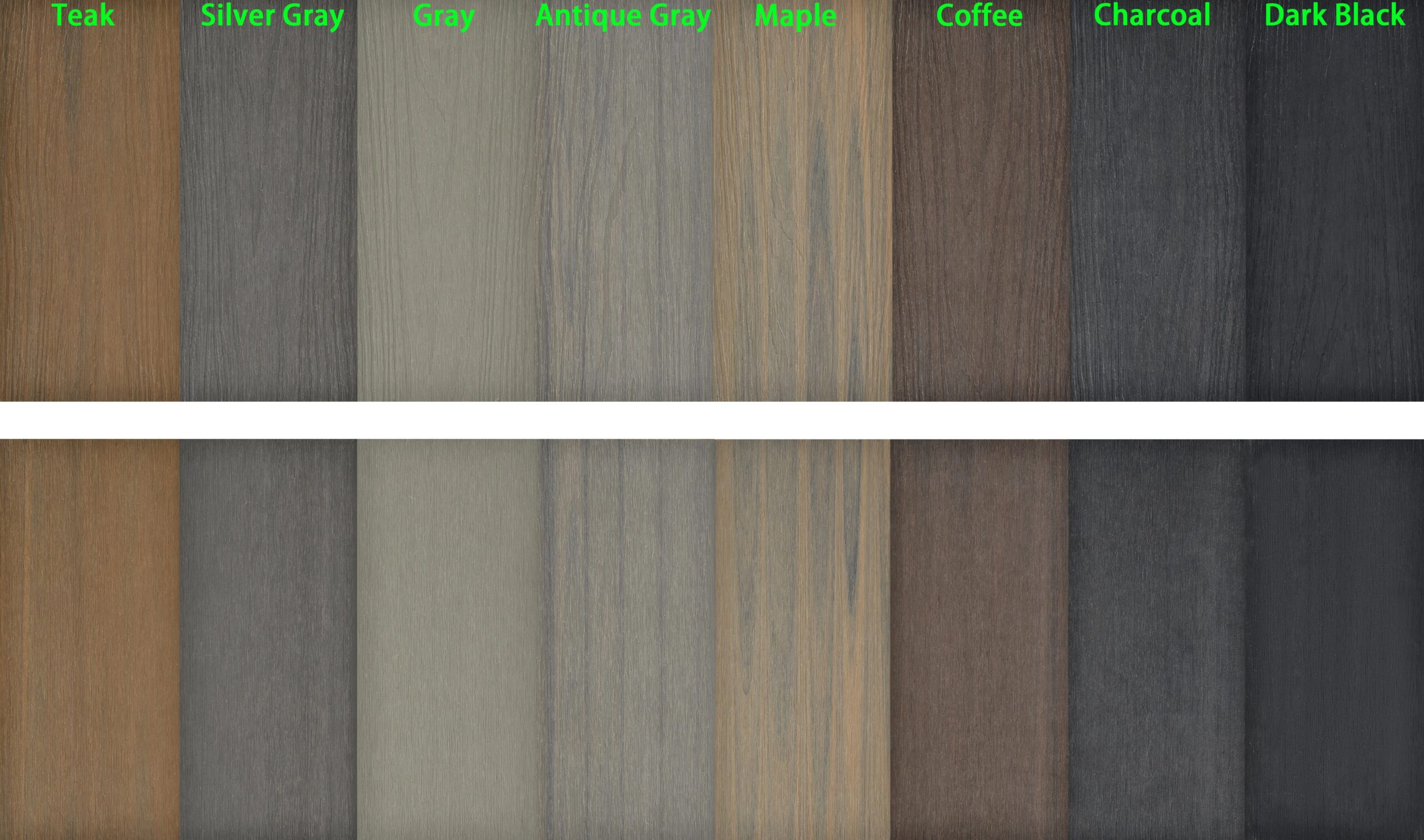
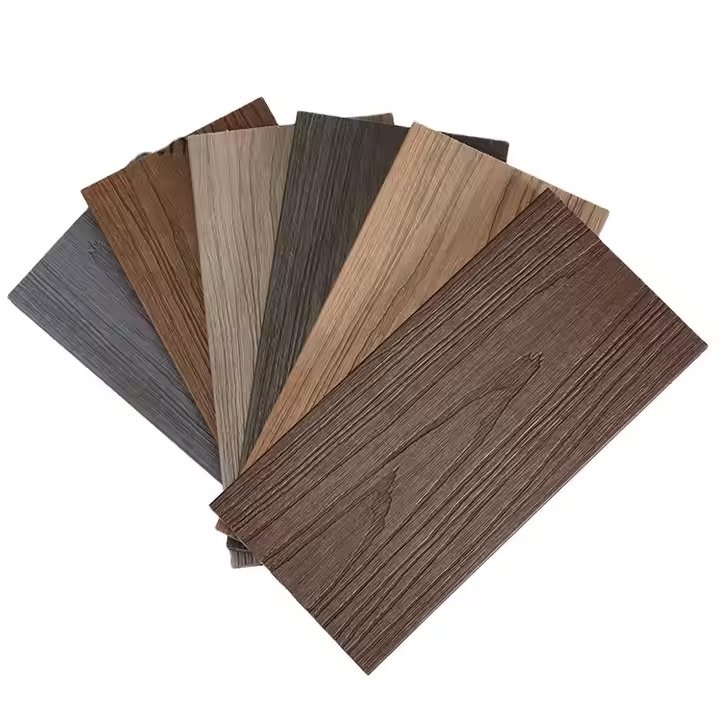
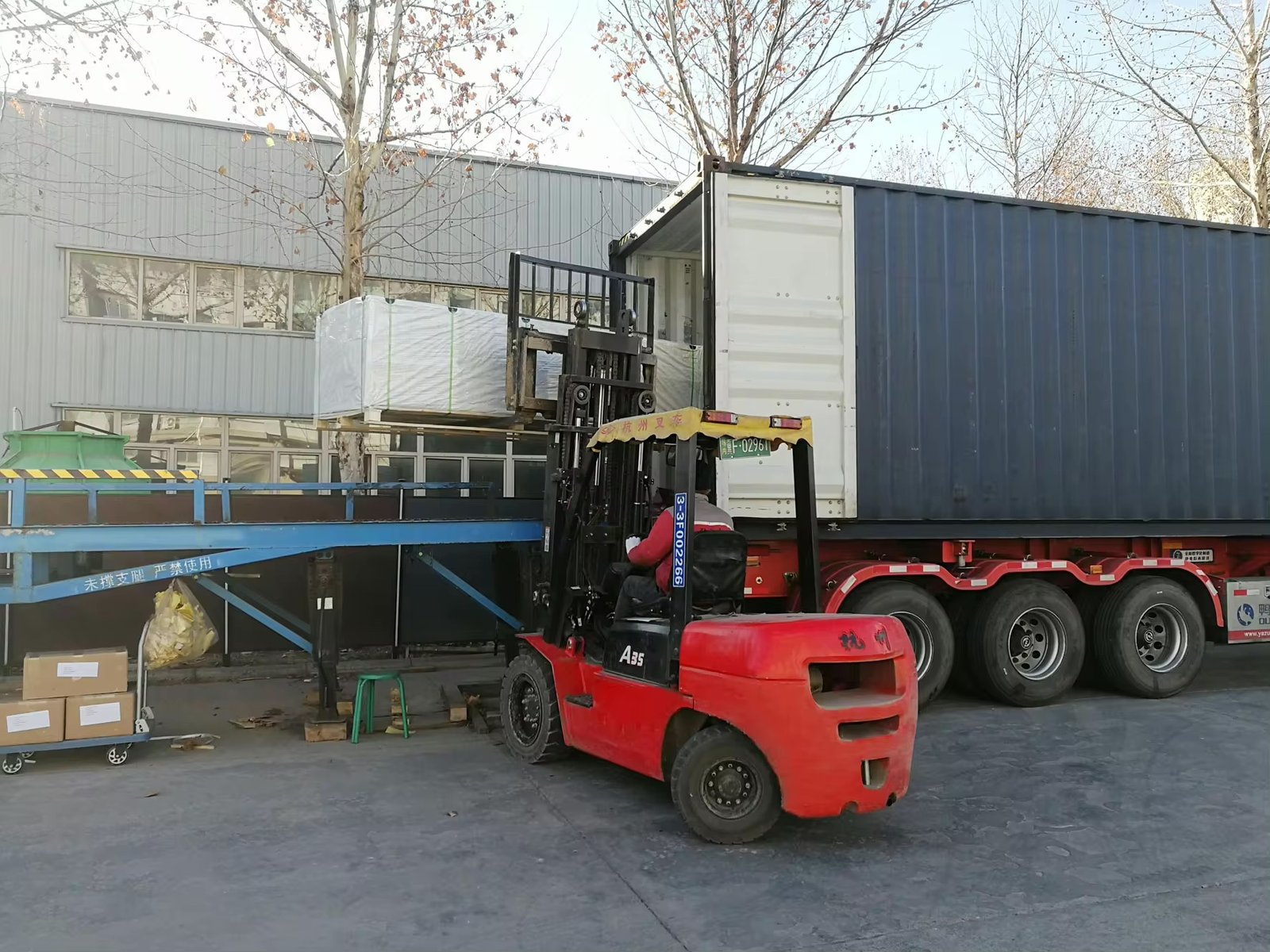
Why Choose Plastory?
Baoding Plastory New Materials Co., Ltd. is a manufacturer of decorative materials with over 9 years of experience and 56 separate production lines.
Currently, our annual production exceeds 30,000 tons, with products exported to more than 50 countries worldwide.
Plastory is the drafting unit of the WPC National Standards and has obtained certifications such as REACH, ASTM, CE, and FSC. Plastory is dedicated to maintaining consistent quality, focusing on details, and prioritizing customer satisfaction.
Our factory is located in Baoding, Hebei Province, China, with a prime location and convenient transportation access. Baoding is approximately a 1.5-hour drive from Beijing Capital International Airport and just 2 hours away from Tianjin Port, making it easy for global clients to visit and facilitating efficient shipping of goods. Our facility spans a large area, equipped with advanced production equipment and modern testing facilities to ensure that every batch of products meets the highest quality standards.
We warmly welcome clients from around the world to visit our factory, where you can see our production processes firsthand and experience our product quality. Please feel free to reach out to us—we are committed to providing you with the best products and services.
Kindly get in touch with us to request a product catalogue.

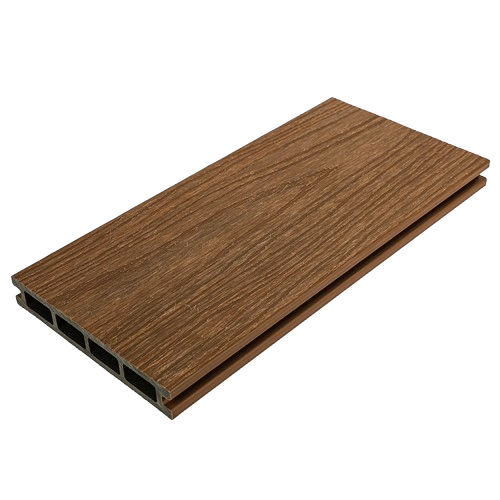
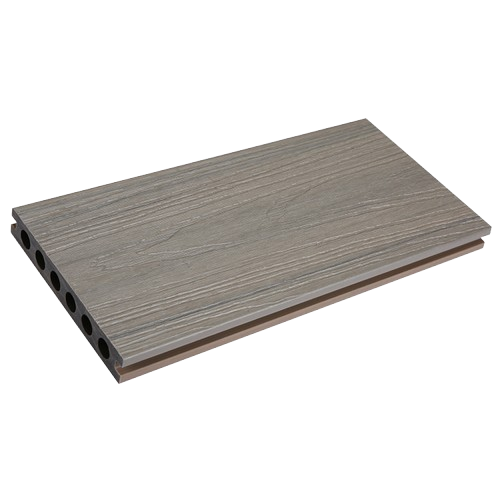
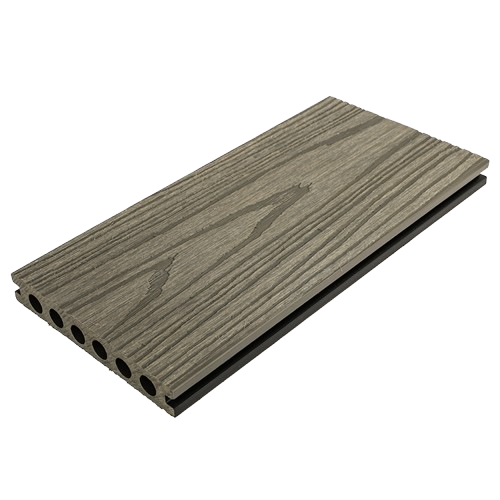
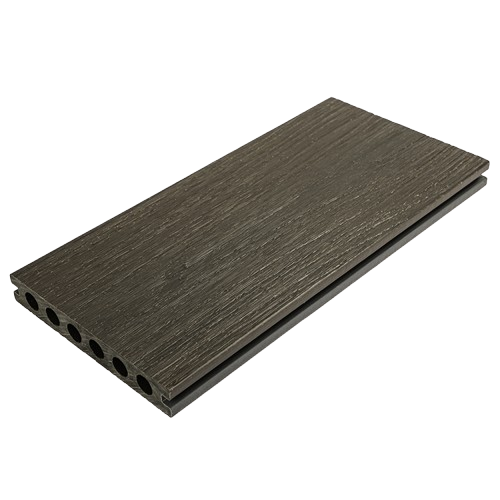
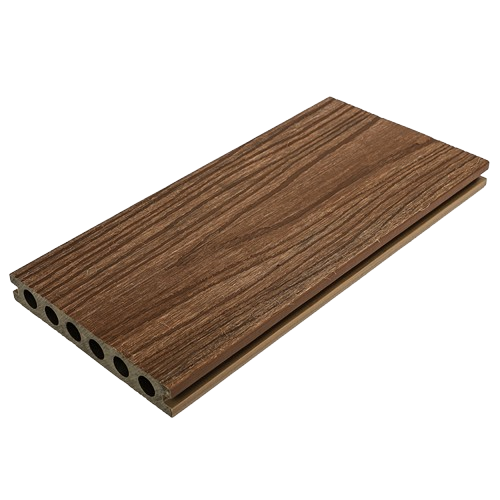
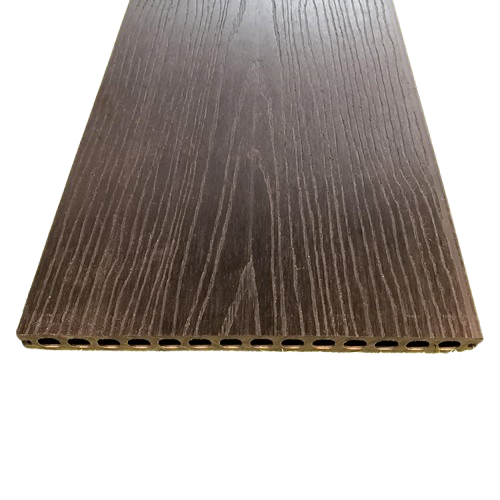
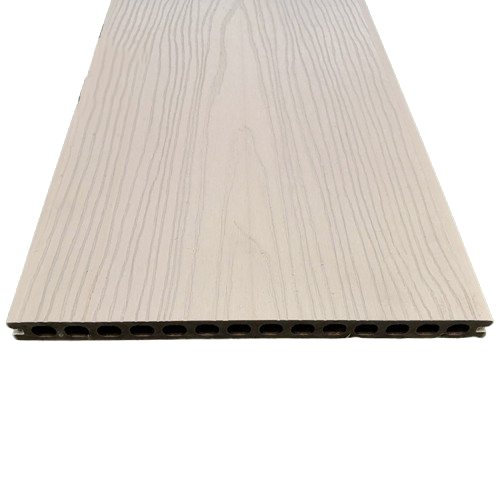

Reviews
There are no reviews yet.